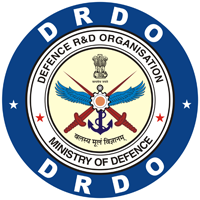ML-Driven Optimisation of Luneburg Lens Design
DOI:
https://doi.org/10.14429/dsj.20910Keywords:
Luneburg lens antenna, X-band, Clustering algorithms, K-means, GRIN (Graded Index), ML (Machine Learning), Microwave engineering, Additive manufacturing technologyAbstract
Designing the properties of constant index shells in Luneburg lenses presents a significant challenge due to the inherent mathematical complexity. Although various methods have been proposed to address this issue, many are either overly complex or computationally intensive. However, recent machine learning (ML) advancements have revolutionized solutions to such engineering challenges. This study showcases how ML can streamline the design process for multishell Luneburg lenses, drastically reducing the required effort and computational resources. Our approach employs k-means clustering to determine the properties of the lens’s shells. To validate the effectiveness and reliability of our method, we compare simulated results with experimental measurements, demonstrating its accuracy and robustness.
Downloads
Published
How to Cite
Issue
Section
License
Copyright (c) 2025 Defence Scientific Information & Documentation Centre (DESIDOC)  Where otherwise noted, the Articles on this site are licensed under Creative Commons License: CC Attribution-Noncommercial-No Derivative Works 2.5 India
Where otherwise noted, the Articles on this site are licensed under Creative Commons License: CC Attribution-Noncommercial-No Derivative Works 2.5 India

